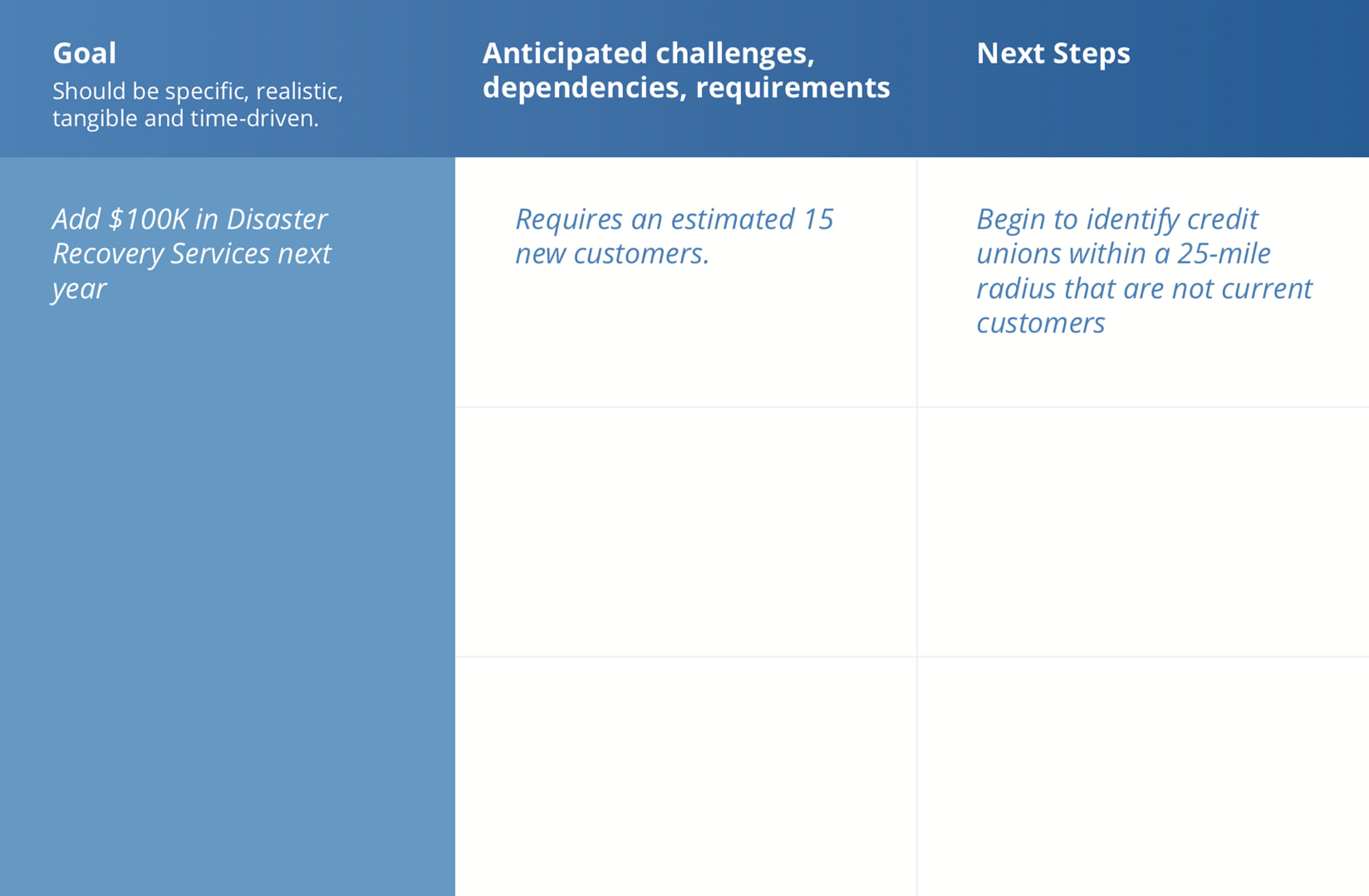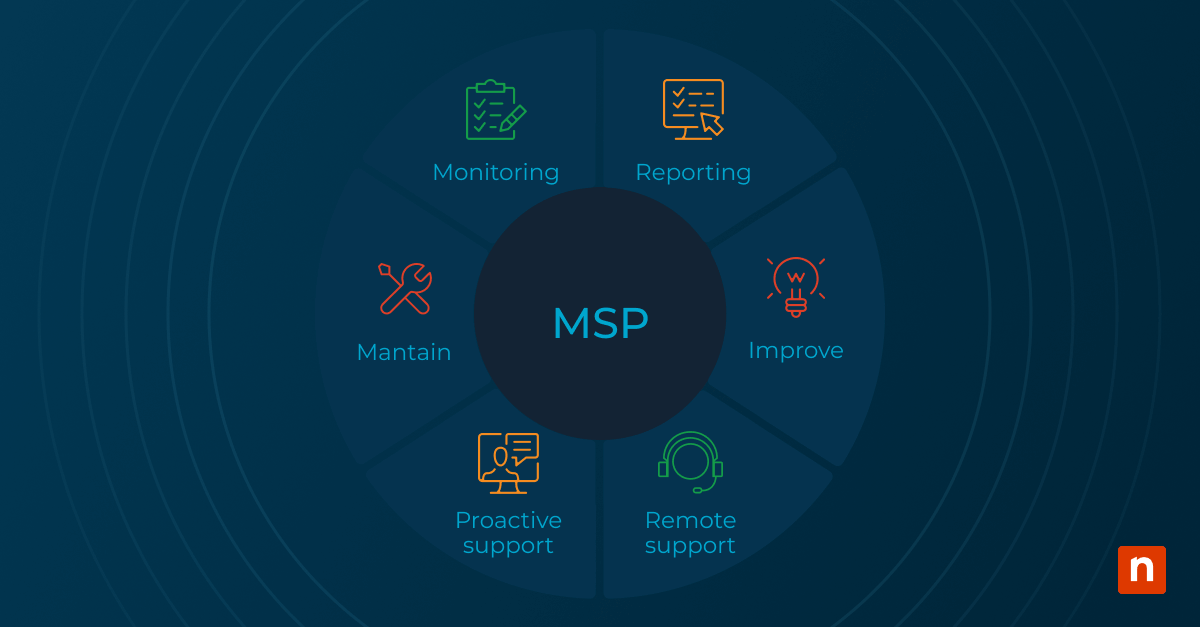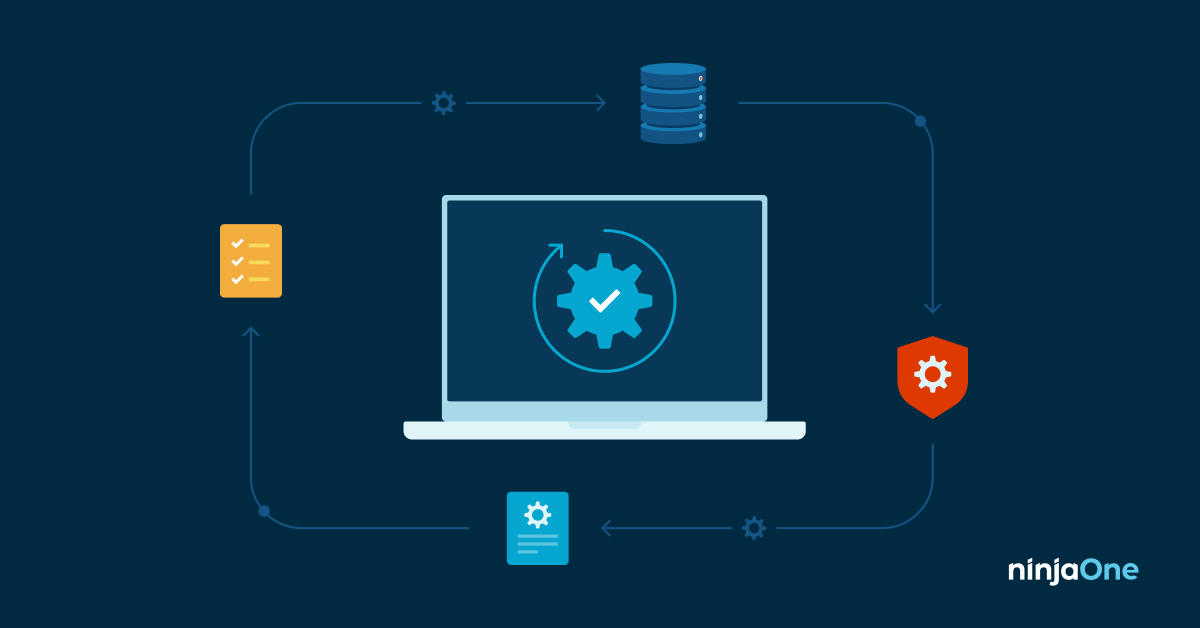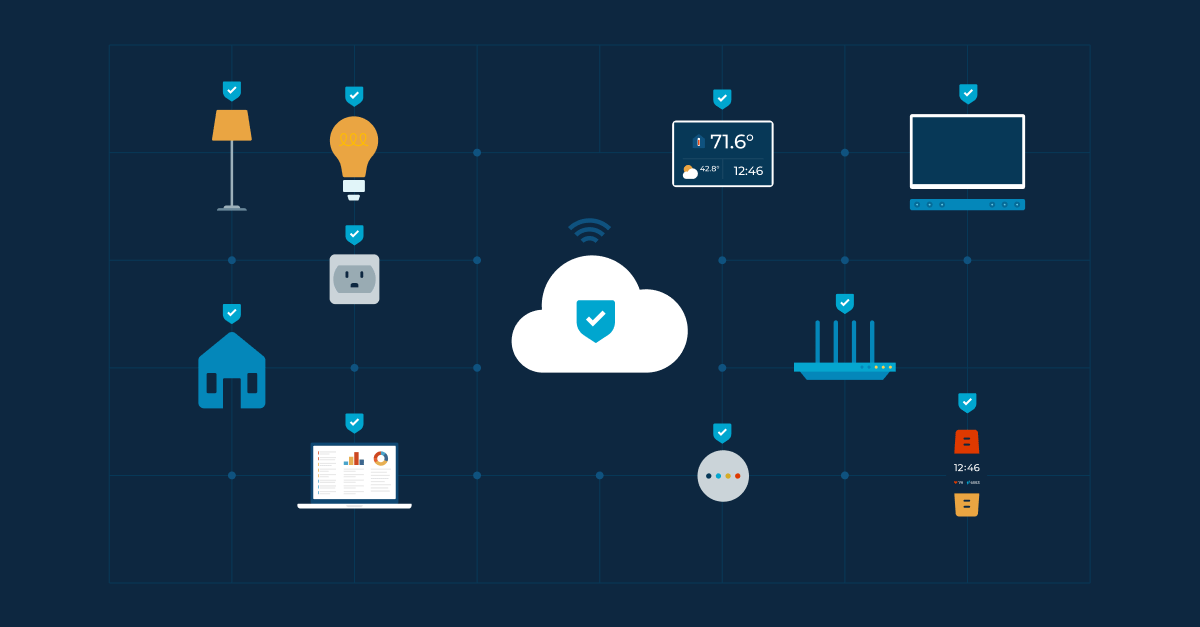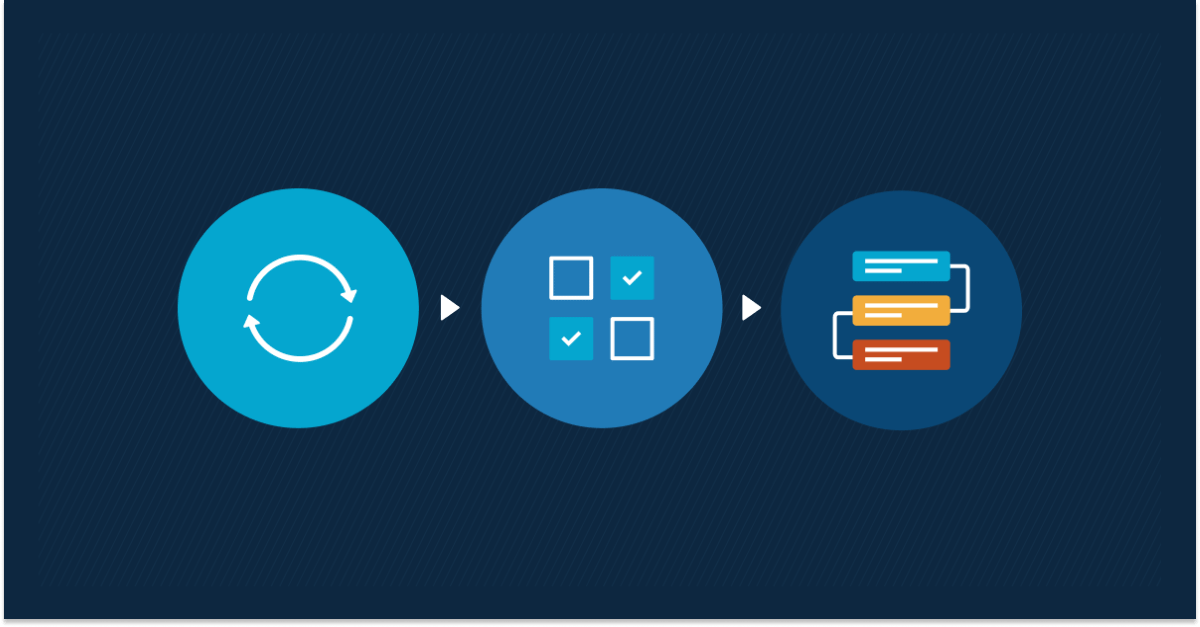Note: This post is an excerpt from our new guide, 5 Steps to Growing Your MSP Business. Download your complete copy here.
As most small business owners experience, there are going to be points during your growth as a managed IT services provider (MSP) when taking the next step feels outside your comfort zone. For example, if you are like many MSPs, you started out by yourself or with a partner. When you added your first employee it may have been daunting. It likely required a variety of adjustments — some expected, some not — before you found your footing. MSPs setting out to actively grow their business have to navigate difficult transitions like that all the time. The path is rocky, and, in truth, it isn’t for everyone.
For those not so easily discouraged, I want to kick off a 5-part blog series on scaling your MSP business successfully and sustainably. And I’d like to start by explaining why conditions are ripe for you to rise to several key challenges.
Reasons why you should expand your MSP
We all have a tendency to stay in our comfort zones based on areas of expertise. But there are a few factors that I want you to consider that make the case the timing is right to expand your horizons:
-
The MSP market is prime
We’re living in a time when organizations are going through a digital transformation. Even the smallest of businesses are realizing they need to shift some or all of their business operations to the cloud. They need expertise, assistance, and guidance to make that happen.
-
The cloud is your friend for efficiency
20 years ago, if you wanted to provide offsite backup and recovery, you had to purchase all the hardware and host it yourself. Today, the cloud offers compute, storage, networking, applications, and more at (quite literally) the click of a button.
-
MSPs have never been more enabled with IT tools
With a ton of MSP-centric solutions available, you have all the tools necessary to easily augment your services and scale your business.
In short, as long as the will is there, the opportunities for growing your MSP business far outweigh the excuses. The question is, what’s the easiest way to get started?
How to develop a growth plan for your MSP
At a high level, you can drive MSP growth in two basic ways:
-
Grow your base of customers
More customers = more revenue. Sure, there will be additional delivery costs (which I’ll address in a future blog in this series), but if you have service bandwidth today and can take on additional customers, you’re currently wasting an opportunity.
-
Expand your services
By either increasing the scope of current services (e.g., taking on the backup of endpoints in addition to servers already being backed up) or enhancing your services offered (e.g., adding on security services to your endpoint RMM service), you can increase revenues with both existing and new customers.
It’s often necessary to choose just one of these options when starting out. However, as I’ll discuss over the coming weeks in this series, long-term you should actively pursue both avenues as part of your growth strategy. Achieving that won’t come without challenges, but it’s crucial to scaling a healthy MSP business.
4 primary challenges to managed IT services growth
I was once told by a mentor of mine, “if owning your own business were easy, everyone would be doing it.” The same can be said for growing your business. The trick is to not think of growth as something that is going to happen magically; it’s the result of defining a goal, attacking the work necessary to hit that goal, and overcoming some of the challenges along the way, such as:
1) Acquiring new customers
I’ve never met an MSP that didn’t want more revenue. That usually involves finding and securing a new customer base. The challenge here is that customer acquisition involves sales and marketing efforts (which can be especially difficult for smaller MSPs whose expertise lies in IT), as well as dedicated time and budget to these efforts.
2) Retaining existing customers
Growing, by definition, means adding to the customers you already have. It’s easy for an MSP to fall in to the trap of focusing on new customer acquisition, making old customers feel they are not a priority. This can result in losing existing customers, which puts you back at square one.
3) Expanding your services footprint
Augmenting your scope of services or adding of new services to your roster is often easier said than actually done. It can require developing new pricing, a new pitch, and convincing both new and old customers that upgrading or buying more is worth doing.
4) Scaling the business
Looking beyond customer acquisition and retention, growing puts pressure on you to scale all aspects of your business operations. That can include increases in techs, software, back-office staffing, support, infrastructure, and more. Understanding how growth will specifically impact your operations and place higher demands on your current resources will be key.
Key strategies to expand your MSP
To get you started down the path of growing your MSP business, let’s begin by putting some definitions and strategies in place. This will help you gain a clearer picture of the work ahead of you, as well as the specific challenges you need to address. To do so, perform the following two steps:
-
Define what “growth” means for you
It can be as simple as more revenue, more customers, larger-sized customer organizations, moving into a new services segment, or a combination of those things. Having a clearly defined goal will help provide context around what steps will be needed to accomplish hit. Make it specific, realistic, tangible and time-driven. For example, your goal may be to “increase customer count by 10% within two quarters.” Without a specific goal and a specific deadline, you’ll never hit it.
-
Identify your challenges
Thinking about what you want to achieve, consider how the four challenges mentioned above may present hurdles. Determine where you believe your specific weaknesses are (e.g., marketing), so as you begin making a growth plan, you can highlight specific aspects of growth that will be a challenge and will require more help.
Use the grid below as a template for how you’ll define your growth. I’ve added an example of an MSP that focuses on credit unions wanting to add on DR revenue.
Over the remainder of this series, I’m going to spend time diving into each of the four growth challenges, providing perspective and guidance on how to overcome each.
Next steps: Download the complete guide
Don’t wait for the rest of the series. Get your free copy of 5 Steps to Growing Your MSP Business now.
Inside, you’ll learn how to:
- Overcome the most common growth hurdles
- Create — and stick to — a practical growth plan
- Craft a value proposition that hits home with new prospects
- Acquire the right type of new customers
- Upsell your best current customers, and keep them happy while you grow
- Scale your business operations to make growth sustainable
Blog Photo by Casey Horner.

